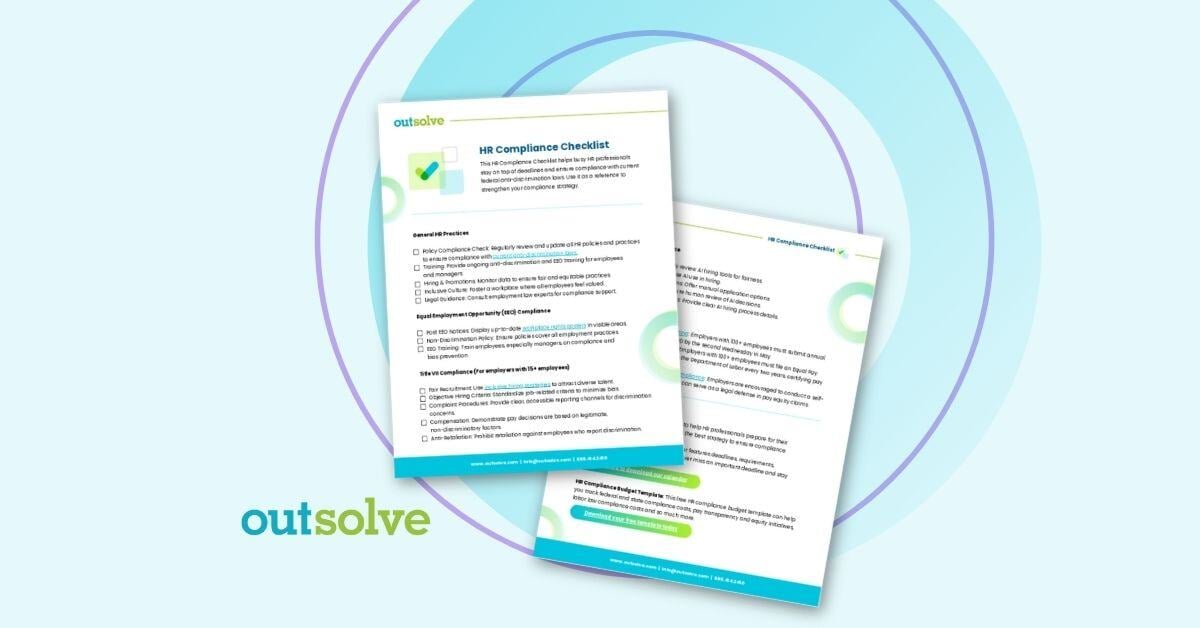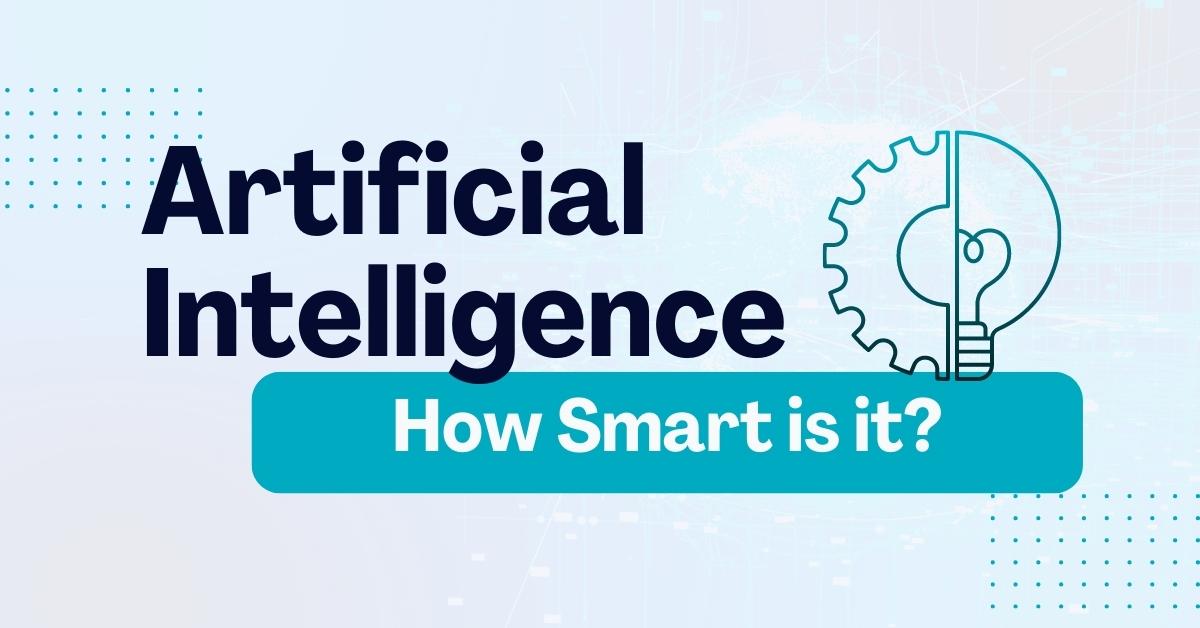
This is a guest post by Toni Ahl, President at EEO Advantage. The views, thoughts, and opinions expressed in the text belong solely to the author and do not necessarily reflect the view of OutSolve or its employees.
Many companies are using artificial intelligence when making employment decisions. The argument has been made that decisions made using artificial intelligence could not be discriminatory because the human factors are removed. In addition, implicit biases would not be entered into the decision-making process. Although the use of artificial intelligence sounds like a wonderful idea for eradicating discrimination, there is more to the story.
I am not a computer technology person, so my explanation of artificial intelligence and how data is entered into the decision-making process may be over-simplified if you are a technology guru. I hope it will be useful if you are considering the use of artificial intelligence. Like in many recommendations given when computer-generated data is used, decisions made using artificial intelligence are subject to the same criteria. Information provided by the use of artificial intelligence is only as good as the data that was input.
Let’s consider an example of how a company might use artificial intelligence in its hiring process. If the company is not currently diverse and the individual(s) designing the program to select qualified individuals uses criteria to replicate the current workforce, the results of the search will be skewed to resemble the current group of employees. Employers need to be very careful in selecting an individual and/or company to design the program used in the selection process. Another example would be if a company has a program designed to only hire employees who live within a 10-mile radius of the facility and the area is not diverse, the applicant pool will probably not be diverse. Many filters can be put into programs to exclude groups of people.
Several years ago, the Equal Employment Opportunity Commission (EEOC) introduced an initiative called E-Race. Some companies were using screening tools to exclude applicants by using such factors as areas of a city where an applicant lived, the high school and/or college the applicant attended, or the applicant’s name. The defense put forward to a charge of hiring in a race discrimination case was that applicants were not interviewed in person and therefore there could not have been race discrimination. Investigations into many of these charges revealed that race discrimination had occurred because decisions had been made based on the applicant’s race by using the types of criteria mentioned above. For example, applicants who had attended historically Black colleges and universities had been excluded from further consideration because they were assumed to be Black.
Another concern for using artificial intelligence in the decision-making process is that applicants who need a reasonable accommodation under the Americans with Disabilities Act (ADA) may not be able to successfully complete the application process.
Artificial intelligence, although sounding as if it would be neutral, could be discriminatory depending on the parameters which were programmed into the selection criteria for a position. Even though the intent was to be non-discriminatory, the result could be discriminatory. The adverse impact theory of discrimination states that a policy and/or practice that is neutral on its face but has a negative impact on a protected group)s) of people could be a violation of the statutes EEOC enforces. Intent under this theory of discrimination is not the determining factor for a violation of the law to be found.
If your company chooses to use artificial intelligence, be very selective in the development of the programs used for the decision-making process. EEOC has conducted several workshops on the topic of artificial intelligence as it relates to discrimination. There is further information about the use of artificial intelligence on EEOC’s website at www.eeoc.gov.
I hope this discussion has piqued your interest in this subject. I find it very interesting even if I’m not a computer person. If you have any questions, feel free to reach out to me at eeoadvantage@gmail.com or 502.553.7638.
President at EEO Advantage, LLC
Weekly OutLook
Featured Posts
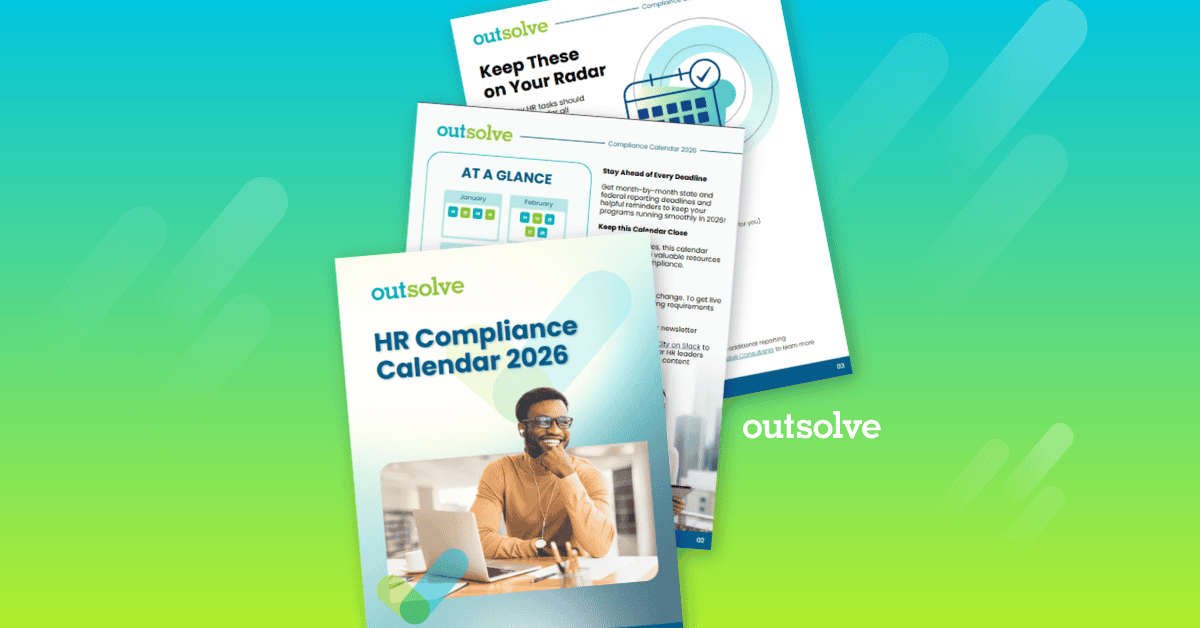
New Year, New Deadlines: 2026 HR Compliance Calendar
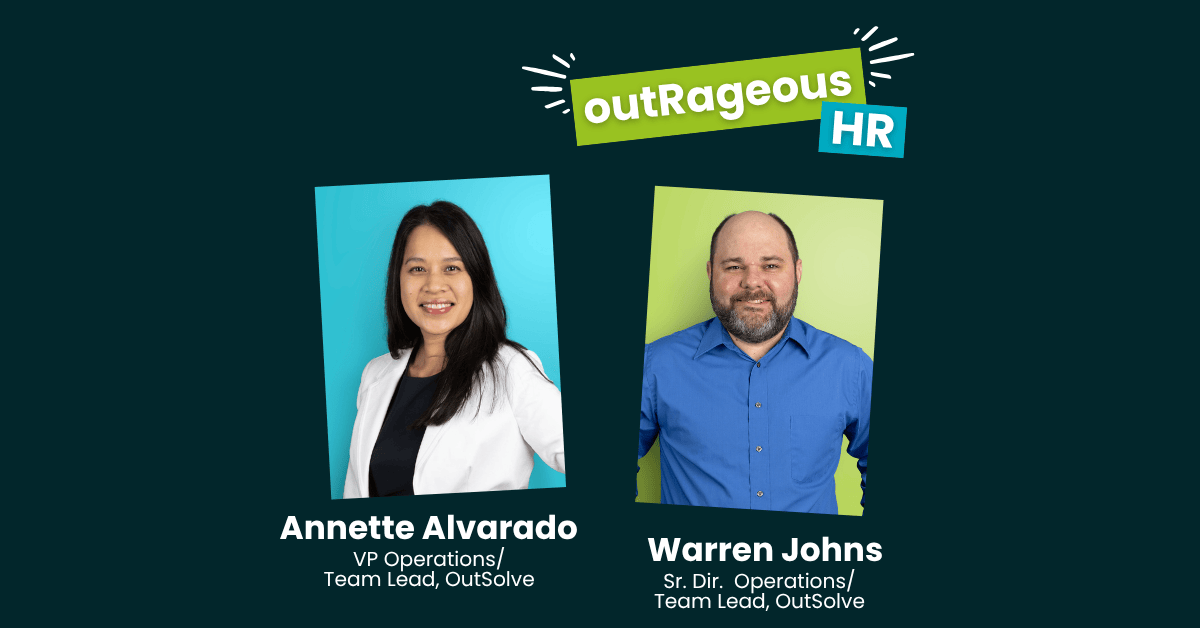
outRageous HR: Plan Now or Pay Later
Related Posts

What Employers Need to Know About the Delaware Pay Transparency Law
Here's What You'll Learn
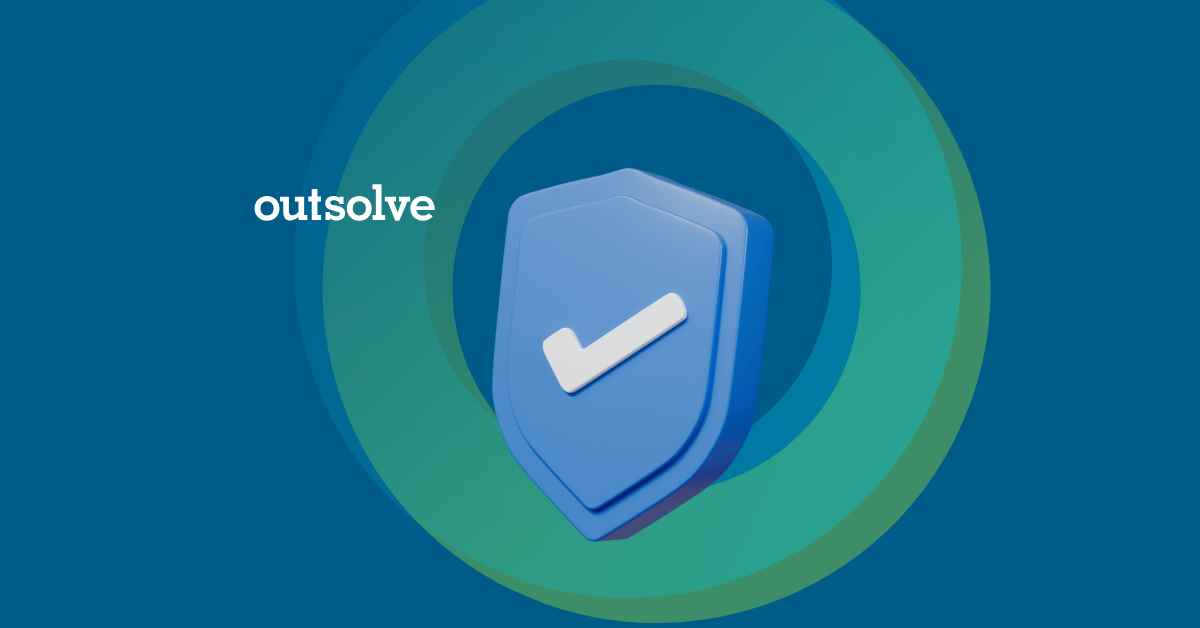
What is an Immigration Enforcement Raid?
Here's What You'll Learn

Refreshing Your I-9 Tools and Process to Stay Compliant
Form I-9 is a federal requirement that carries real consequences if handled improperly. With increased scrutiny on immigration by the current...
 Toni Ahl
Toni Ahl
